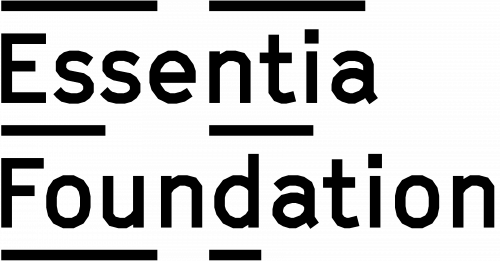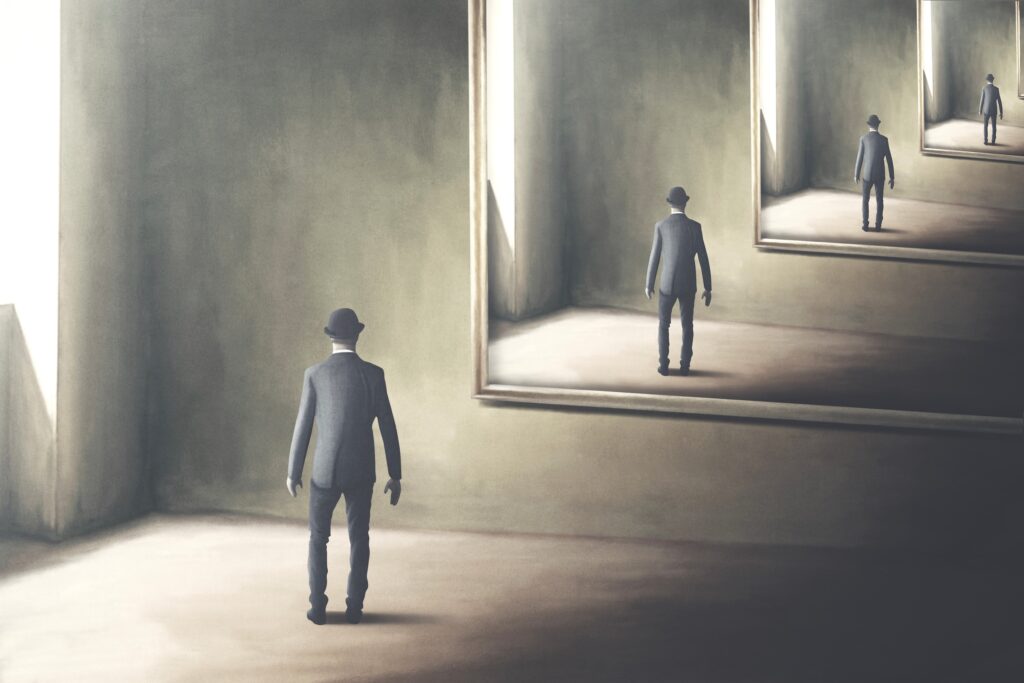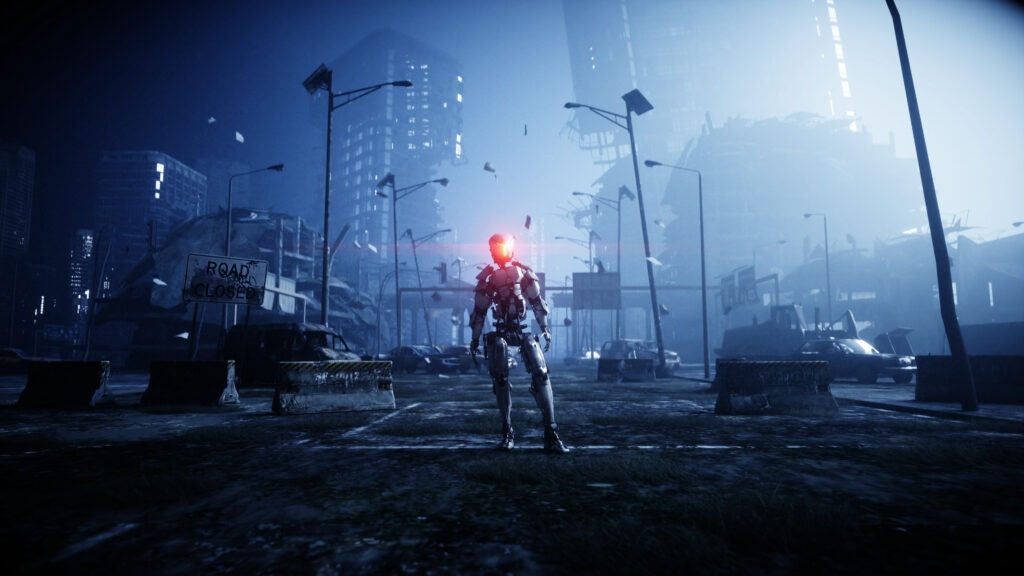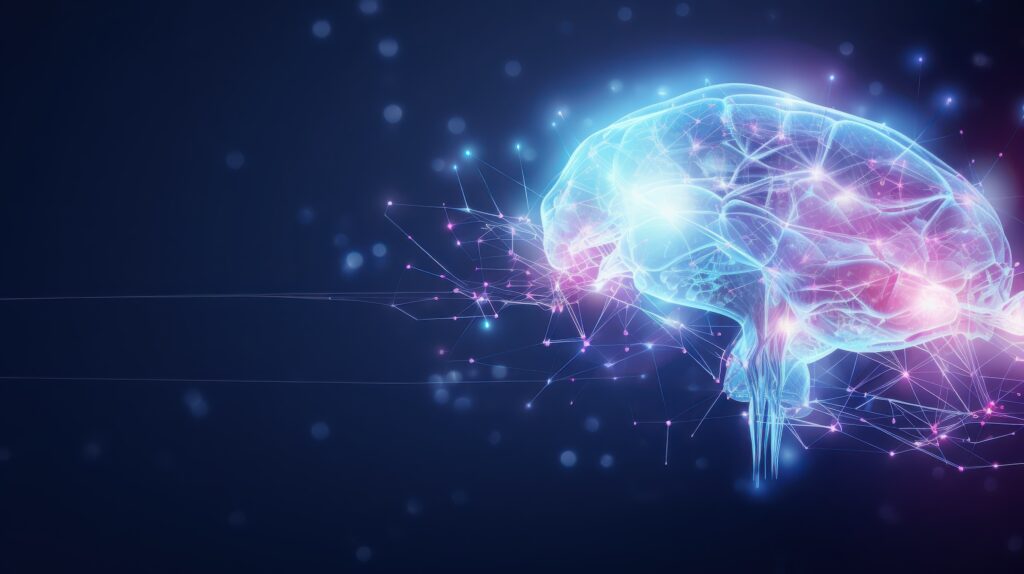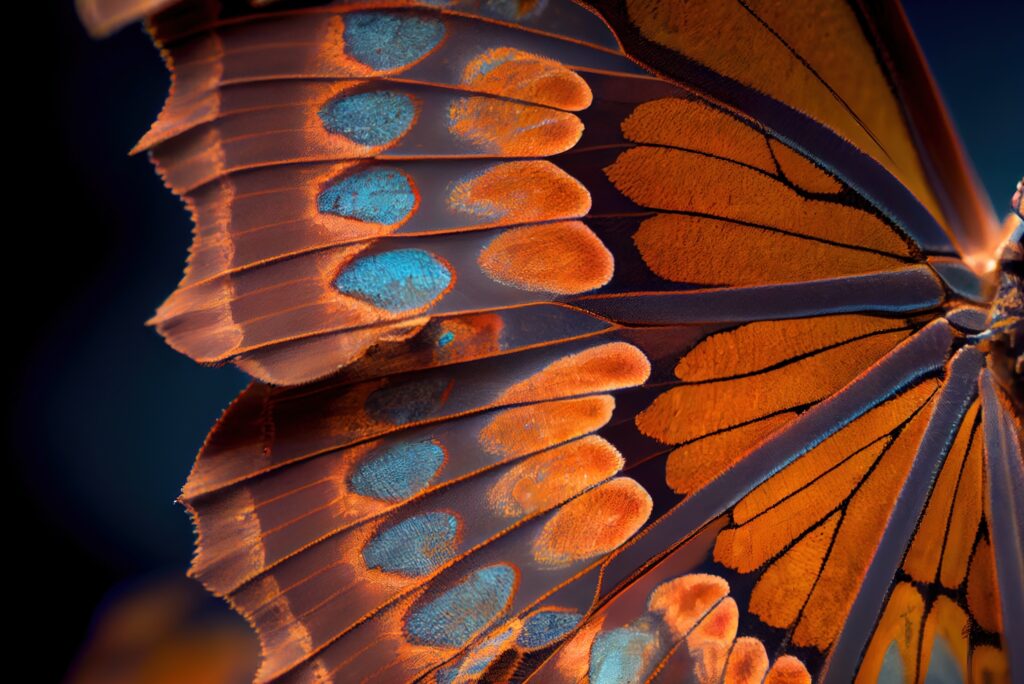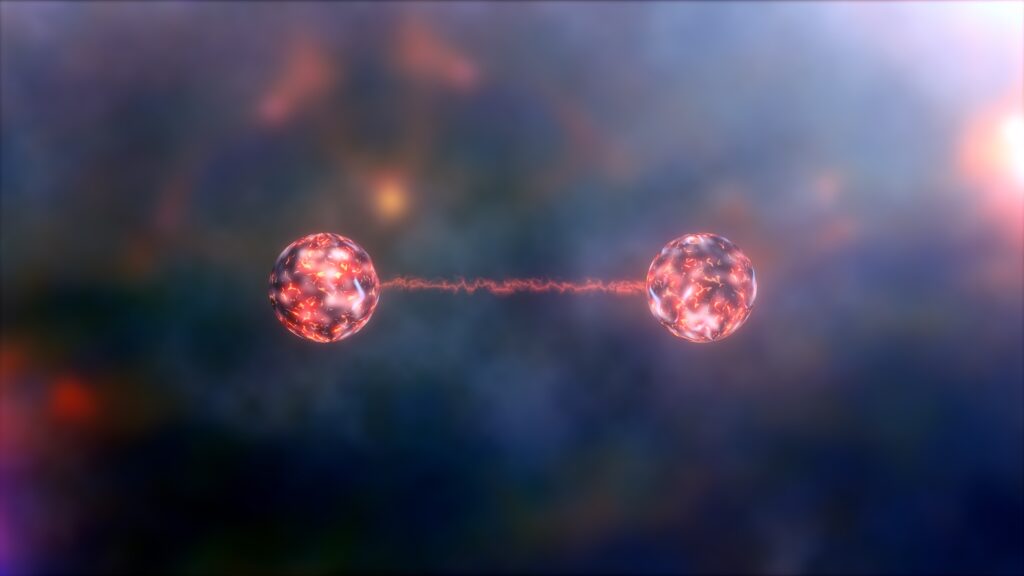A psychiatrist’s perspective on dissociation and complexity
Listening | Psychiatry | 2022-07-24

Today’s article is a master class on dissociation, from the field of psychiatry. It breaks down the complexity of this phenomenon, and shows us that it is a much more common process in life than is generally thought. Furthermore, when observed in the realm of mind and then extrapolated beyond to consciousness as a whole, it allows for a better understanding of the fundamental premise at the heart of analytic idealism. Dr. Perch’s original article can be found here. The Essentia Readings podcast is available on all major platforms.
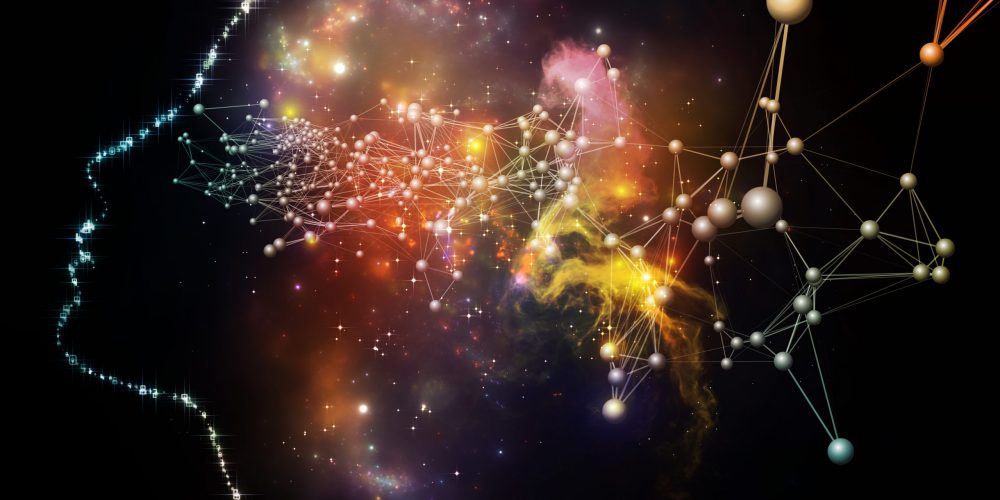
Essentia Foundation communicates, in an accessible but rigorous manner, the latest results in science and philosophy that point to the mental nature of reality. We are committed to strict, academic-level curation of the material we publish.
Recently published
Reading
Essays
Seeing
Videos
Let us build the future of our culture together
Essentia Foundation is a registered non-profit committed to making its content as accessible as possible. Therefore, we depend on contributions from people like you to continue to do our work. There are many ways to contribute.

